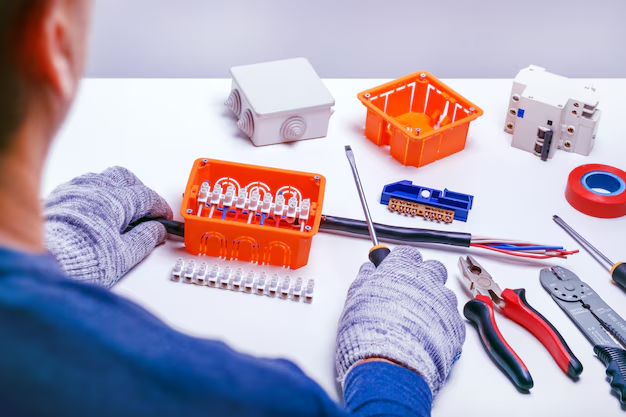Wondering If You Need to Pay for Electrician School? Find Out Here!
Becoming an electrician is an exciting career path filled with opportunities. But as you prepare to dive into this skilled trade, one question might be looming: Do you have to pay to go to electrician school? Understanding the financial commitments involved is crucial for planning your training journey effectively.
Educational Costs and Tuition
Yes, electrician schools typically require payment, as they provide the education and training necessary to obtain licensing and certification. The cost can vary significantly depending on the type of institution you choose, whether it's a community college, trade school, or a union apprenticeship program. Tuition fees might range from a few hundred to several thousand dollars.
That said, it's worth exploring options that could lessen the financial burden.
Government Aid Programs
For many aspiring electricians, applying for federal financial aid is a practical step. Programs like the Free Application for Federal Student Aid (FAFSA) provide access to federal grants, loans, and work-study opportunities. If you're enrolled in a school that participates in federal aid programs, filling out the FAFSA can potentially unlock valuable resources.
Scholarships and Grants
Scholarships and grants offer another avenue for reducing costs. Various organizations, industry groups, and educational institutions provide funding specifically for students pursuing careers in skilled trades. These are typically merit-based or need-based and do not require repayment, making them an excellent option for students.
Apprenticeship Opportunities
Apprenticeships provide a unique option that combines on-the-job training with academic learning. Often, apprentices are paid for their work while undergoing training, reducing or eliminating the need for tuition payments. These programs are available through unions, such as the International Brotherhood of Electrical Workers (IBEW), or through specific electrical companies.
Utilizing Employer Support
Some employers offer tuition reimbursement or financial assistance programs as part of their employee development strategies. This is worth exploring if you're already employed in the industry or looking to join an organization that values ongoing education.
Credit Card Options and Debt Management
For those who need to finance their education independently, credit card solutions can provide a way to manage smaller expenses over time. However, it's essential to use credit responsibly to avoid high-interest debt.
Additionally, debt relief options may be available for eligible students or graduates. These programs can assist in managing and potentially reducing student loan debt, making it easier to achieve financial stability.
Expand Your Horizons with Financial Support
Navigating the financial landscape of electrician school doesn't have to be daunting. There's a variety of aid available to support your educational journey and career aspirations. By understanding the options and planning strategically, you can focus on gaining the skills needed for a successful career as an electrician without overwhelming financial stress.
Financial Assistance Resources for Aspiring Electricians:
- 🎓 FAFSA: Access federal grants, loans, and work-study opportunities.
- 🎯 Scholarships: Seek out industry-related scholarships to alleviate tuition costs.
- 🔧 Apprenticeships: Earn while you learn with paid on-the-job training.
- 🏢 Employer Support: Check if your employer offers tuition assistance programs.
- 💳 Credit Card Management: Use responsibly to manage educational expenses.
- 💡 Debt Relief Programs: Explore options to manage and reduce student debt.
Your path to becoming an electrician is important and achievable with the right financial strategies in place. Let's spark your future in the electric field, efficiently and affordably!
